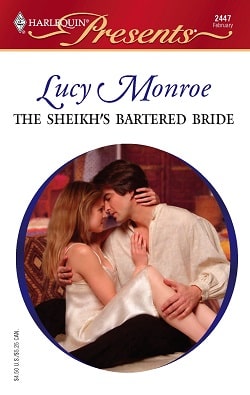ChapterTwenty-Six
Emelia
I expected Professor Barclay to live in a building similar to Alexander: a high-rise with a doorman, every amenity at his fingertips. It was an oversight on my part. In my effort to keep things shallow, I forgot how similar he and I are, how deeply our passions overlap. He pulls up in front of a Federal-style red brick townhouse on Park Street across from Boston Common, and I’m awestruck by the piece of history he gets to call home.
I climb out of the car and stand at the base of the stoop, looking up in wonder.
“Did you restore this?”
“Yes, after some idiot nearly destroyed it trying to turn it into modern lofts.”
I gasp in horror, and it’s not the least bit sarcastic. That’s horrific. Disgusting. Sacrilegious!
“How old is it?” I ask, though I have a guess. “I know it’s early 1800s.”
My eyes rove over the exterior: the first floor—which in these old structures is load-bearing—is made of thick limestone to support the three stories of red brick above it. At the top, the townhouse is capped by a French-inspired mansard roof. There’s thoughtful, symmetrical ornamentation around each window and the front door, a requirement for old Federalist architecture.
“It was built in 1810, which is saying something considering Park Street was only officially laid out in 1804, initially as Park Place.”
Amazing.
“Who designed it?”
“Charles Bulfinch.”
My eyes widen, and for the first time, I’m able to drag my gaze away from the house to look at Professor Barclay. He’s standing just off to the side, giving me space to admire his home. “He did the Massachusetts State House.”
He nods, trying to conceal a gloating smile. “Among other prominent buildings. Would you like a tour?”
“Would I like a tour…” I mutter teasingly under my breath.
He hides a chuckle with a shake of his head then waves me up the front stoop.
It’s evident from the moment we walk in that Professor Barclay’s attention to detail is unparalleled. No one wants to live inside a home built in 1810 with every single original speck of dust intact. Leave that to the museums. Professor Barclay’s goal was to curate an artful combination of old and new, paying homage to the past while bringing the home into current times, and he’s mastered it.
In every room, the original carpentry remains but has been given a facelift. In the main sitting room, the paneled walls and ornate crown molding have been painted white. The original fireplace has been left on display, its charred bricks bringing a rustic charm to an otherwise bright, white room. Comfortable chairs sandwich an iron and stone coffee table that’s covered with objects begging to be studied: a tray with Roman intaglios safely secured behind glass, a book on Picasso that’s lovingly worn. In the corner of the room, a Greek-inspired bust sits atop a sleek podium. For all I know, it’s an original or an early Roman copy.
From room to room we go, and I fall more deeply in love with the house with each step. There’s a blend of antiques tucked in among new furniture and modern artwork.
It’s obvious he’s taken great care with his home. This is about the furthest thing from a bachelor pad I’ve ever seen, and I tell him so once we’ve finished our loop and made it back down to the kitchen on the first floor.
It’s the most updated room in the whole house. There are sleek appliances, marble countertops, and an abstract painting of concentric circles I recognize but can’t place.
Professor Barclay takes two bottles of La Croix from a beverage refrigerator tucked beneath his kitchen island and slides one over to me as I climb up onto a kitchen counter stool.
“Some of the pieces I inherited from my great-grandparents and grandparents, though I do like hunting for things when I find the time in Europe.”
“Of course. Who wouldn’t? Y’know, I grew up in a historic home,” I say, fiddling with my water. “Nothing like this though.”
“Tell me about it. Your childhood.”
He leans onto his elbows, and I resist the urge to fidget.
“Oh…well, I grew up in Scotland. Did you know that?”
He seems to be fighting back a smile when he replies, “No, Emelia. I know hardly anything about you—at least nothing about your past.”
I nod. “Well, in my mother’s divorce from Frédéric, she was given a property in Scotland called Dunlany Castle. It’s a Victorian castle that dates back to 1228.”















